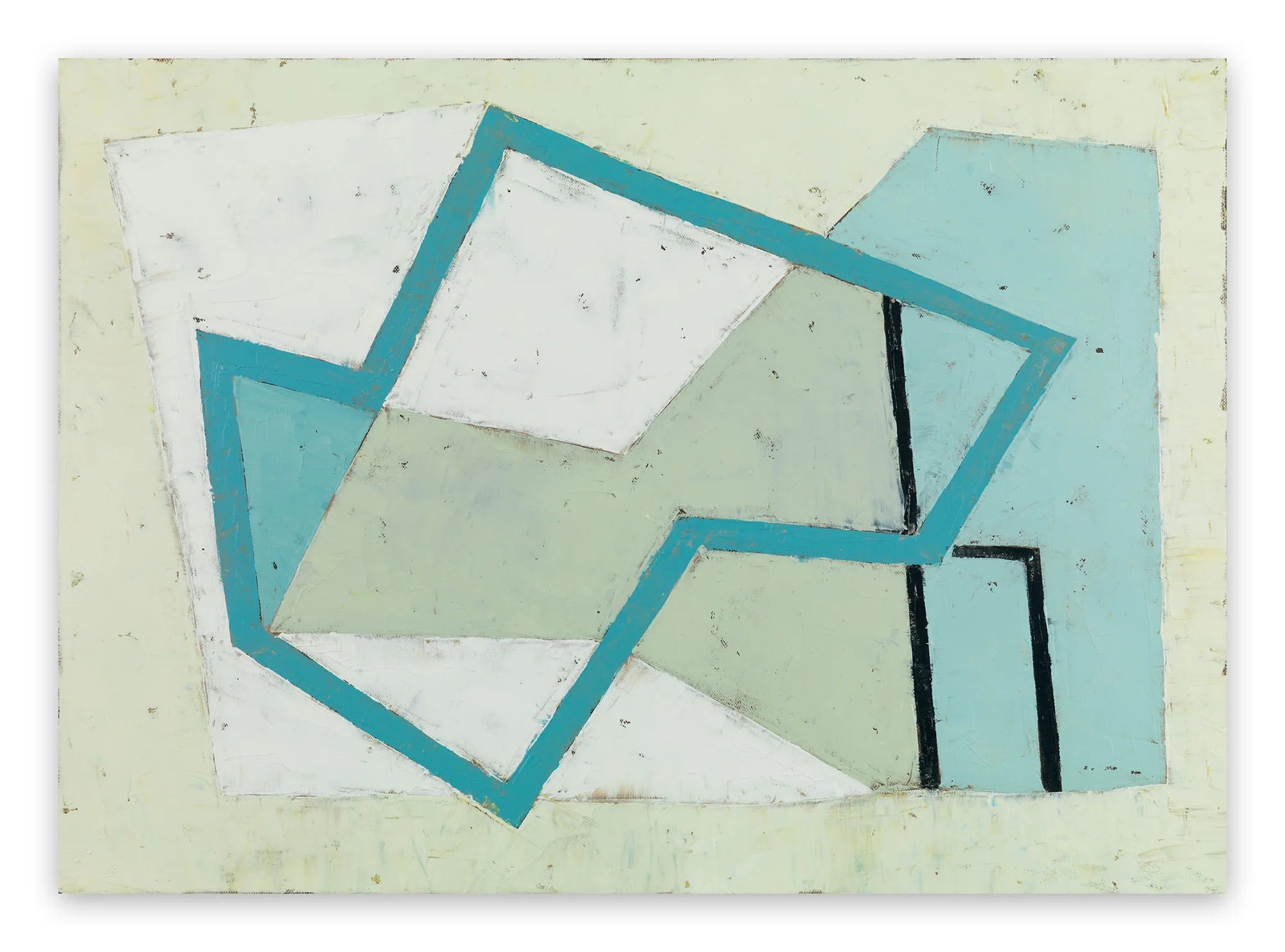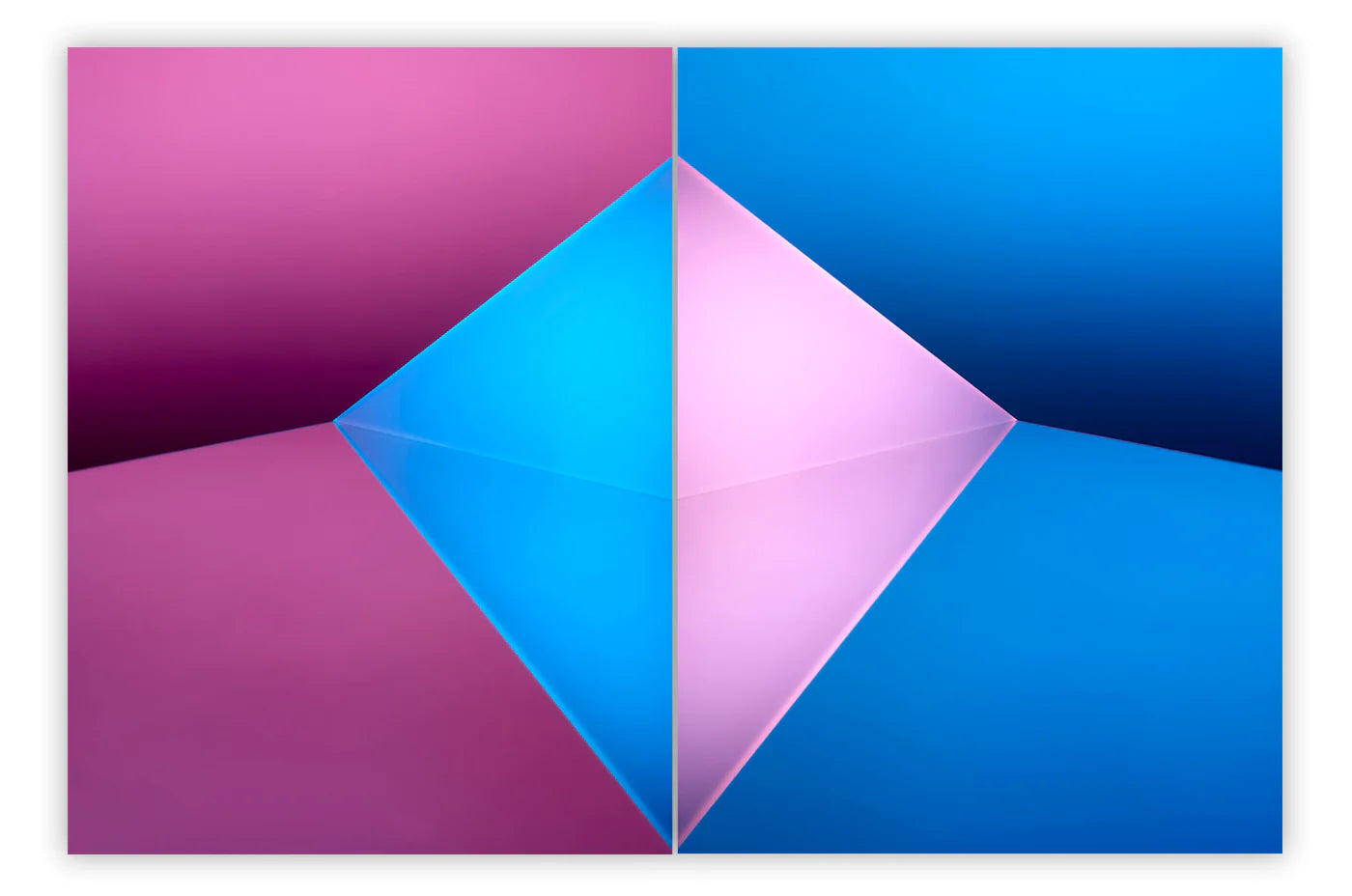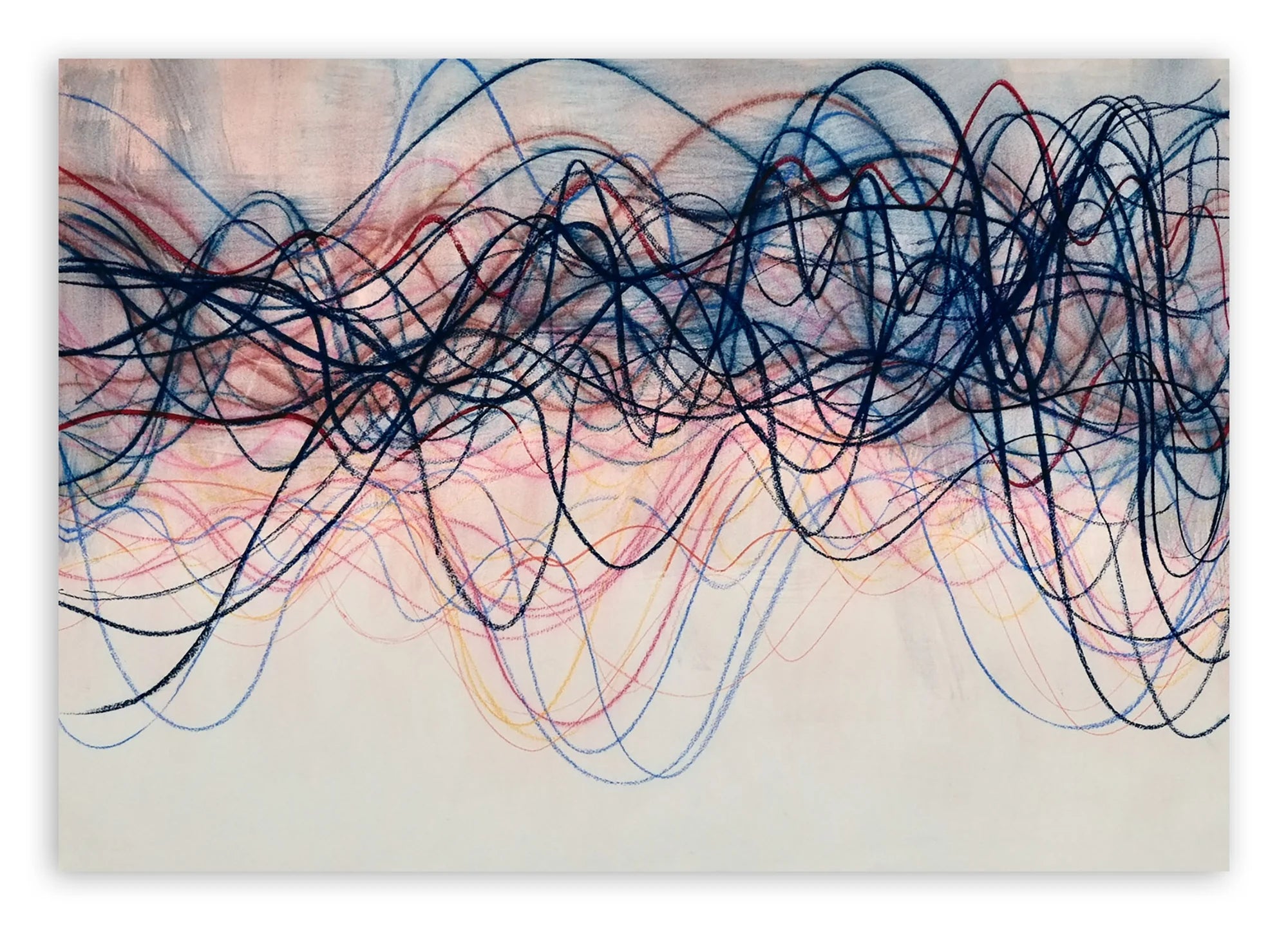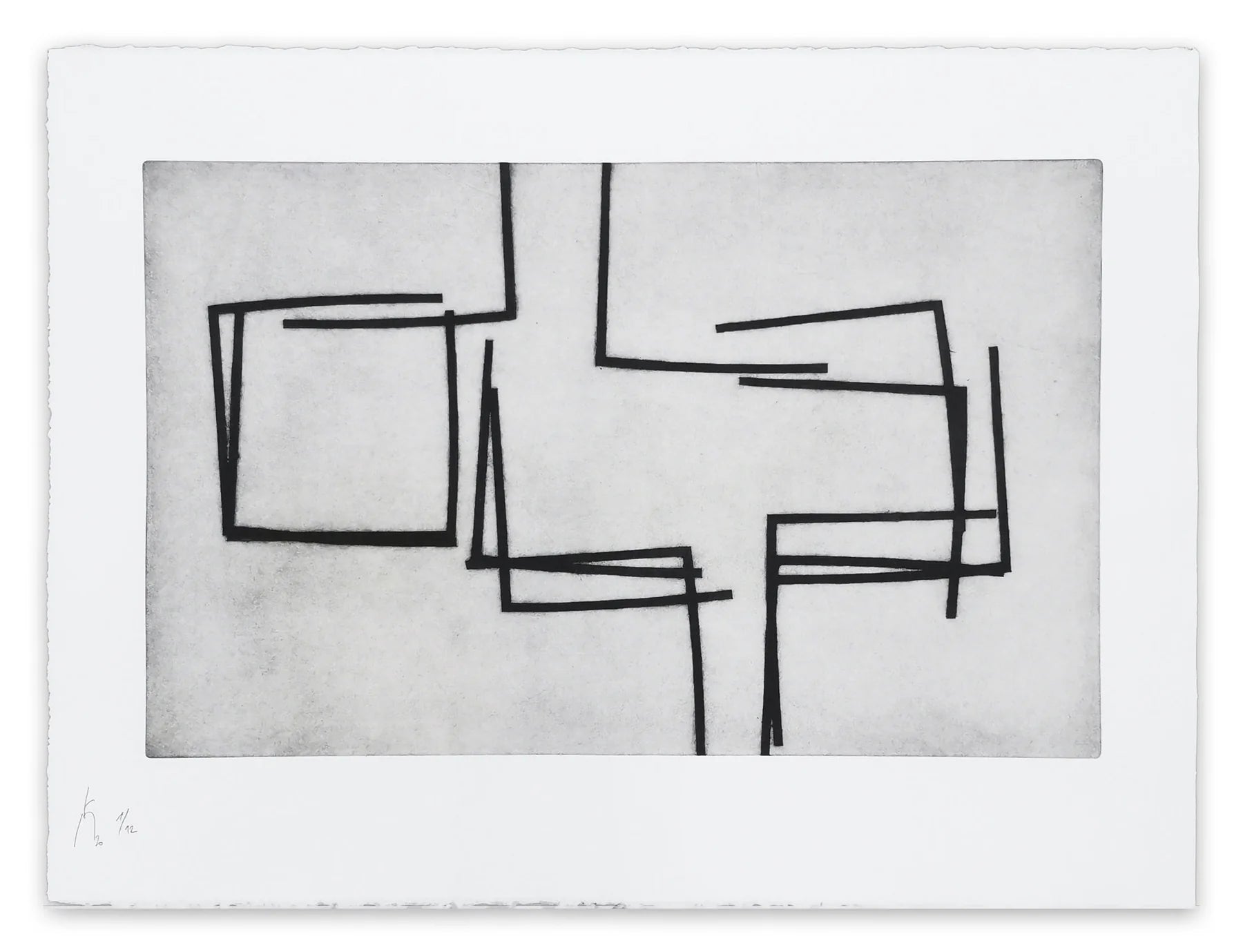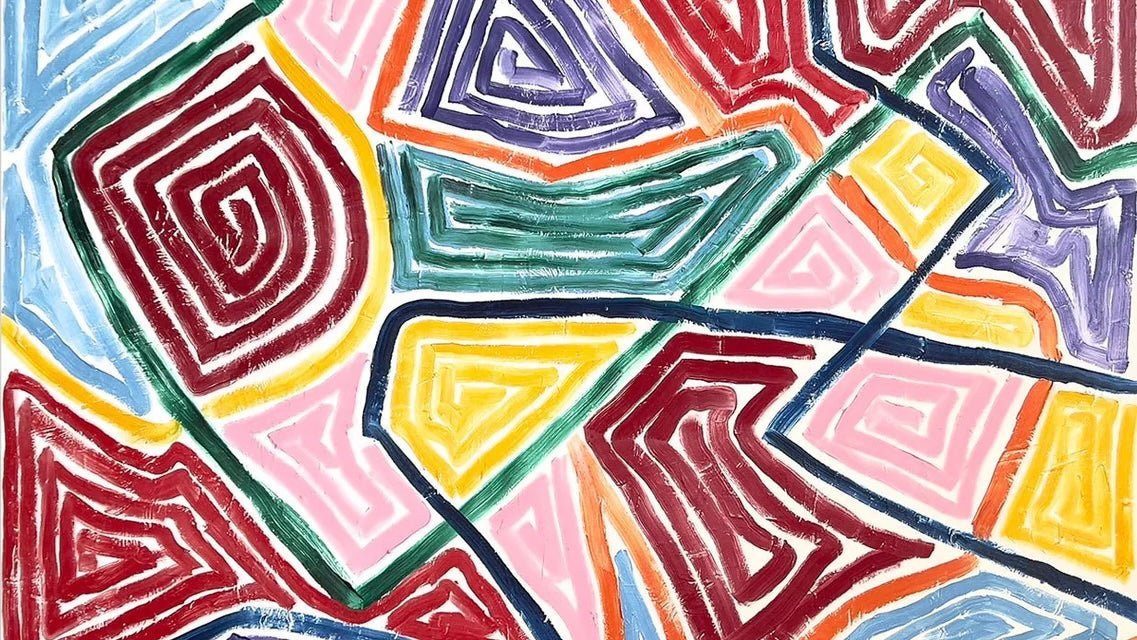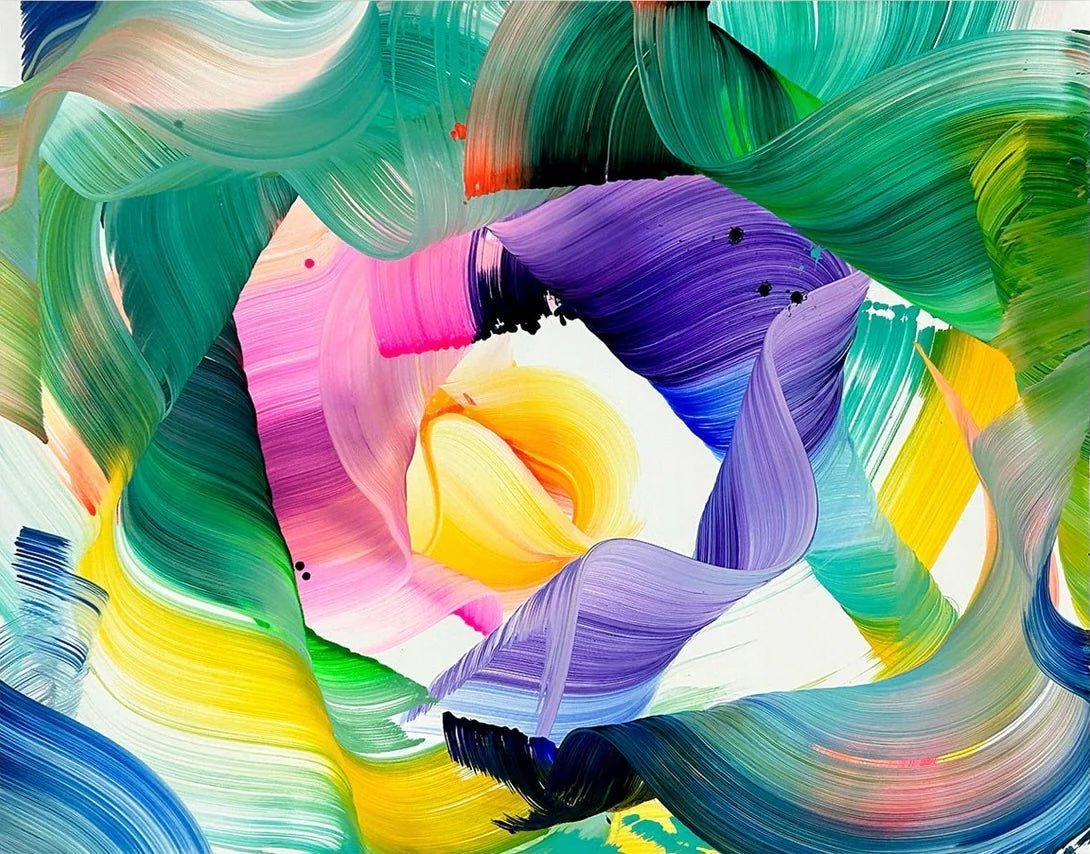
What is Gestural Abstraction in Painting ?
The phrase gestural abstraction refers to a way of making art. It is a process, not a movement. With an abstract gestural painting, the point is not what gets painted. The point is how it gets painted. Rather than applying paint to a surface in a controlled, premeditated way, gestural painters apply paint intuitively, physically, by dripping, pouring, splattering, wiping, dumping, spraying, or whatever. The type of paint does not matter, nor does it matter what else besides paint ends up on the surface. What matters are physicality, honesty, intuition and deep personal expression. Abstract gestural painters explore their deepest emotions, their primal realities, and they express that part of themselves during the physical act of painting. The painting itself is a relic of the action; it is a recording of the gestures made; it is the aesthetic remnant of something earnest, intuitive, idiosyncratic and free.
The Roots of Gestural Abstraction
Creativity is inherently optimistic. For an artist to strive to make an original work implies a belief in the value of individual human contributions. Gestural abstraction emerged at a time when both originality and optimism were strained. During the first few decades of the 20th Century, a series of revolutions, depressions, famines and wars led the world to the brink of social collapse. By the mid-1940s, multiple nations possessed weapons powerful enough to end human civilization. Faced with the prospect that life was not sacred, an existential crisis gripped the collective culture.
Simultaneously, several decades of intense experimentation in the arts had made originality challenging. But several artists discovered that the solution to both challenges was the same: to turn inward, toward their subconscious. There, they could connect with their existential angst in a uniquely personal, and thus original way. To convey that inner truth, they developed techniques that allowed them to paint unhindered, so as not to interfere with their instincts. They abandoned subject matter. Their subject was the act of painting itself. As the art critic Harold Rosenberg put it: “At a certain moment the canvas began to appear to one American painter after another as an arena in which to act-rather than as a space in which to reproduce, re-design, analyze or express an object, actual or imagined. What was to go on the canvas was not a picture but an event.”
 Willem de Kooning - Woman I, 1950–2. Oil and metallic paint on canvas. 6' 3 7/8" x 58" (192.7 x 147.3 cm). MoMA Collection. © 2019 The Willem de Kooning Foundation / Artists Rights Society (ARS), New York (Left) and Willem de Kooning - Willem Woman, 1949. Enamel and oil on canvas. 152.4 x 121.6 cm. Private Collection. © 2019 The Willem de Kooning Foundation / Artists Rights Society (ARS), New York (Right)
Willem de Kooning - Woman I, 1950–2. Oil and metallic paint on canvas. 6' 3 7/8" x 58" (192.7 x 147.3 cm). MoMA Collection. © 2019 The Willem de Kooning Foundation / Artists Rights Society (ARS), New York (Left) and Willem de Kooning - Willem Woman, 1949. Enamel and oil on canvas. 152.4 x 121.6 cm. Private Collection. © 2019 The Willem de Kooning Foundation / Artists Rights Society (ARS), New York (Right)
Pioneers of Gestural Abstraction
Jackson Pollock is the most famous abstract gestural painter. In 1936, Pollock attended a workshop led by the famous Mexican muralist David Alfaro Siqueiros in New York City. Siqueiros encouraged young artists to use unusual mediums and new techniques, like throwing and dripping paint, in order to express the modern era. Pollock built on that advice over the following decade. He explored automatic drawing and developed gestural techniques of applying paint without making contact with the surface of the canvas. He achieved a controlled state of collaboration between his inner emotions, his gestures, his medium and his surface, and created the iconic aesthetic now associated with gestural abstraction.
Other gestural paintings like Willem de Kooning, Lee Krasner and Franz Kline continued utilizing traditional tools like brushes and also continued making physical contact with the canvas, while nonetheless incorporating dramatic, intuitive, physical gestures into their works. These artists developed personal visual languages based on the rawness and immediacy of their marks. Through their gestural brushstrokes they conveyed the drama of their emotional states and the intensity of their physical motions.
 Jackson Pollock - Number 32, 1950. Enamel on canvas. 457.5 x 269 cm. Kunstsammlung Nordrhein-Westfalen, Düsseldorf, Germany. © The Pollock-Krasner Foundation
Jackson Pollock - Number 32, 1950. Enamel on canvas. 457.5 x 269 cm. Kunstsammlung Nordrhein-Westfalen, Düsseldorf, Germany. © The Pollock-Krasner Foundation
Contemporary Gestural Painting
Today, many painters continue to expand upon the gestural painting tradition. Joanne Freeman utilizes gestural techniques to create her reductive, hard-edge abstractions, bringing the direct physicality of her process to the forefront of her visual language. Margaret Neill references Lyrical Abstraction in her gestural paintings. Her process involves making intuitive marks in various mediums like graphite, colored pencil and paint, resulting in layered, dimensional compositions of squiggled, gestural lines. Francine Tint is a leader among contemporary Abstract Expressionist gestural painters. She has continually pushed gestural abstraction forward throughout her career, updating it for this generation.
Regardless of trends, these and many other artists explore gestural abstraction because it is an earnest, honest and evocative way of expressing themselves. They understand that while the techniques associated with this art making process may go in and out of style, its aesthetic appeal will always remain strong, because of the inherent emotional depth and power it communicates for both artists and viewers alike.
 Francine Tint - Male Muse, 2016. Acrylic on canvas. © Francine Tint
Francine Tint - Male Muse, 2016. Acrylic on canvas. © Francine Tint
Featured image: Lee Krasner - Night Creatures, 1965. Acrylic on paper. 30 x 42 1/2 in. (76.2 x 108 cm). Gift of Robert and Sarah W. Miller, in honor of Lee Krasner, 1995. 1995.595. The Metropolitan Museum of Art Collection. © 2019 Artists Rights Society (ARS), New York
All images used for illustrative purposes only
By Phillip Bracio
